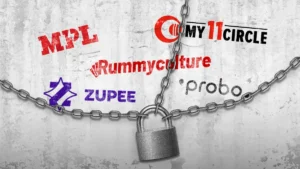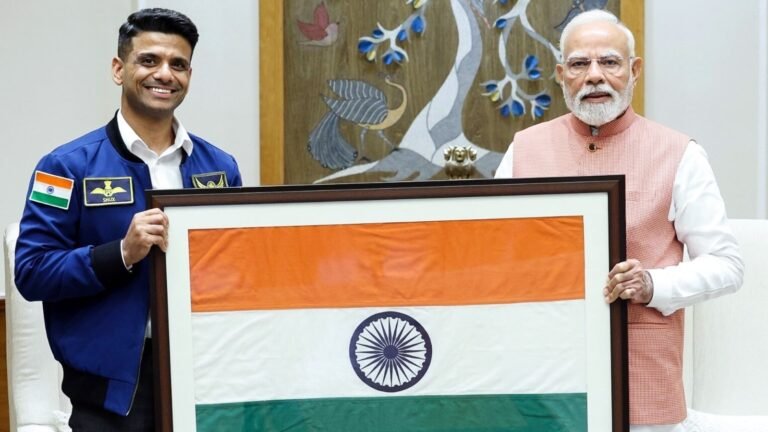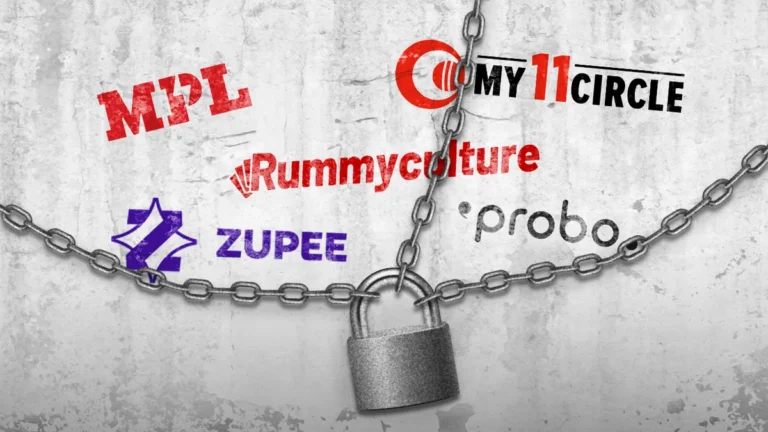The tenuous ceasefire that brought India and Pakistan back from the brink of war this month was hailed on both sides as a victory. But experts warn that the disruption to the regional equilibrium renews concern over the risks posed by armed conflict between nuclear powers.
Following an attack by militants in India-administered Kashmir that left more than 20 people dead, India accused Pakistan of involvement in the attack — a claim Pakistani officials denied. India responded with strikes in Pakistan, which rapidly escalated into an exchange of attacks that included an Indian strike near Pakistan’s army headquarters, after which U.S. officials stepped in to help broker a ceasefire deal.
India and Pakistan both possess roughly 170 nuclear weapons across their respective countries, encouraging a degree of restraint. But the conflict has raised questions about whether the strategy of using nuclear weapons as a way to deter military attacks is working as it should, with some analysts saying that the conflict has highlighted the unpredictable conditions that could cause a step — or misstep — toward nuclear conflict.
“Do you look at close calls and see warnings, or do you look at close calls and see a system that’s functioning exactly as intended?” said Jeffrey Lewis, a professor at Middlebury’s Institute of International Studies, referring to nuclear deterrence.
Follow World news
“India has shown it’s willing to test what it calls Pakistan’s nuclear blackmail,” or the idea that India would not risk major strikes for fear of a nuclear response, said Lisa Curtis, former National Security Council senior director for South and Central Asia from 2017 to 2021, and a senior fellow at the Center for a New American Security. “I think we have entered a new and dangerous era for India-Pakistan relations.”
Though the U.S.-brokered ceasefire still appears to be holding, many experts say it’s a matter of when, not if, the two countries return to hostilities.
Here’s what we know about what the two sides have done to roll back risk — and why concerns are mounting.
A ‘new normal’
In his first public address after the four-day cross-border strikes, Indian Prime Minister Narendra Modi said that the country’s operation represented “a new benchmark in our fight against terrorism, and has set up a new parameter and new normal.”
“If there is a terrorist attack on India, a fitting reply will be given,” he said, adding, “India will not tolerate any nuclear blackmail.”
Modi’s attitude appears to signal a shift from India’s approach in recent decades. Since 1998, when India and Pakistan declared themselves nuclear powers, risk that any conflict could spiral out of control has deterred India from escalatory responses to terrorism it blames on Pakistan. Pakistan has supported militant groups in Indian-administered Kashmir in the past, though it has tried to distance itself from those connections amid Western pressure.
“The example I always give is ski helmets,” said Lewis, the Middlebury professor. “If you put on a ski helmet, you have the option of just skiing like you always ski at a much safer level, or you can take bigger risks”
“And so what I think we have seen is that Pakistan has typically over the years decided that the value of nuclear weapons means that it can take bigger risks with regard to supporting basically terrorist attacks against India,” knowing that India has to have some limits in its response, he added.
India, for example, did not retaliate militarily against Pakistan in 2008, when militants opened fire in Mumbai, the country’s financial capital, killing 166 people and injuring hundreds more. Then-Prime Minister Manmohan Singh instead opted to diplomatically and financially isolate Pakistan. India also joined a global task force that later called out Pakistan’s failure to take meaningful measures to prevent terrorist groups from gaining access to funds. Modi also called for restraint after an attack on an Indian army camp in 2016.
However, India’s approach appeared to shift in 2019, when it launched airstrikes into Pakistan after an attack in Indian-administered Kashmir.
The two countries have several measures in place to facilitate communication and mitigate the threat of nuclear escalation. Amid crises, military officers in both countries can communicate through a hotline between the two country’s capitals, which was used during the most recent conflict.
India also officially operates under a “no first use” policy, meaning it will not be the first to trigger its nuclear weaponry — though some Indian officials have introduced some conditionality and ambiguity to this policy. (Pakistan has not adopted this policy.) In 1988, both countries also signed the Non-Attack Agreement, a pledge to refrain from targeting each other’s nuclear installations and to share the locations of those facilities.
But both countries have experienced religious and nationalist shifts in recent years, particularly since Modi was elected in 2014. Researchers have also found that as India struggles to deter threats from Pakistan, it has quietly bolstered its nuclear arsenal and explored the possibility of using preemptive force.
After the April 22 attack in Indian-administered Kashmir that killed more than two-dozen tourists, most of them Hindu, the political pressure within India to respond skyrocketed, according to Michael Kugelman, a Washington-based analyst and columnist for Foreign Policy.
“The Indian government, which is a Hindu-nationalist government … is very sensitive to any type of case where you would have significant levels of threats to the Hindu community,” Kugelman said, adding that the targeting of Hindus in Kashmir “led to this especially robust Indian military response.”
“And since so much force was used initially by India, that then led to Pakistan wanting to engage in a proportionate response,” he said, adding that while India blamed Pakistan for the attack, Pakistan rejected responsibility. “So Pakistan’s response was also driven by anger in the sense that they’re being punished for something they didn’t do.”
A test for deterrence
The extent to which nuclear deterrence — the threat of nuclear retaliation that prevents other parties from launching military attacks — can be relied upon to stave off disaster between India and Pakistan is a matter of debate.
“The nuclear deterrent has been alive and well, but I think that it was put to its biggest test during this most recent crisis,” said Kugelman.
It comes down to the “unanswerable question” about how to interpret a close call, Lewis said. On one hand, the two countries did avoid nuclear catastrophe, meaning that deterrence worked, he said. On the other hand, “if things had gone just a little differently, it could have been really bad.”
For Lewis and others, the conflict has highlighted the dangers that come when the two sides rely on nuclear weapons to resolve their political disputes, because neither side knows exactly where each other’s limits to sparking nuclear conflict are.
“Pakistan and India think they know where each other’s red lines are. They probably have a pretty good idea,” he said. “But if there’s one thing we know about human beings, it’s that we are not perfect decision-makers. We miscalculate, we misperceive … and sometimes the military does something that is not what the leader intended.”



















